We may earn commission from links on this page, but we only recommend products we back.
Editor's Note: This article was originally published in August 2021. While our choices are still valid, you may want to check with manufacturers and your tire retailer for updated versions of these tires before buying.
’
Getty ImagesBuying new tires can be a daunting experience. You face a bewildering array of brands, sizes and tire types to choose from, so it's easy to be confused. But don't worry: this guide will provide you with the essential facts you need to in order to make the right tire choice for your vehicle at the price you want to pay.
Before you buy, you'll need to know the answers to the following questions:
Already know about tires and just want our top picks? Our favorites in each category are listed below. Further down, you'll find more information about all-season, summer, and winter tires plus our top alternative picks in each category.
Best All-Season Tire
$92 at Amazon
Credit: AmazonBest Summer Tire
$332 at Amazon
Credit: AmazonBest Winter Tire
$307 at Amazon
Credit: AmazonIs our top pick unavailable in the size you need? Looking for a fast, easy way to sort through the dozens of alternatives? Then go to Tire Rack's Tire Decision Guide. The company says it'll have a list of appropriate alternative choices for you in two minutes or less. The tirerack.com site is also deep with important consumer data, including tire warranties, treadwear guarantees, and tire-test results.
$200 at Amazon$201 at Walmart
Credit: Amazon$138 at Tire Rack
$494 at Amazon
Credit: AmazonThe vast majority of vehicles today come with all-season tires, which are designed to provide acceptable all-around capability throughout the year and in all weather conditions. That means a reasonable ride and respectable handling, quiet running, good wet-weather grip, and some capability in snow. Given their all-season designation, most car owners leave them on in winter and expect that their tires will deliver all the traction they need on snowy, icy roads. But most all-season tires are marginal in snow; dedicated winter tires, also known as snow tires, provide far better traction when the snow falls.
That means a reasonable ride and respectable handling, quiet running, good wet-weather grip, and some capability in snow. Given their all-season designation, most car owners leave them on in winter and expect that their tires will deliver all the traction they need on snowy, icy roads. But most all-season tires are marginal in snow; dedicated winter tires, also known as snow tires, provide far better traction when the snow falls.
There are now two main sub-categories of all-season tires: high-performance all-seasons and grand touring all-seasons. High-performance all-season tires provide sharper handling than "standard" all-season tires. They grip the road more confidently and feel more sporty to drive—usually at the expense of some winter-weather traction. These tires are intended for sportier cars and more-aggressive drivers. Grand touring all-season tires have the lower-profile look of high-performance all-season tires but ride better at the price of some handling ability.
Recently, a subset of grand touring all-season tires has emerged that we call “all-weather” tires. These tires feature snow traction that almost comparable to that of pure winter tires while offering similar performance in other areas as conventional all-season tires. They are designated by a snowflake-within-a-mountain symbol on the tire's sidewall.
Summer Tires$327 at Amazon
Credit: AmazonNow 18% Off
$210 at Amazon
Credit: Amazon$211 at Tire Rack
This term is a misnomer, as this type of tire should rightly be called "three-season" rubber. Summer tires are designed specifically to deliver dry- and wet-weather traction in moderate or warm weather. They sharpen steering response, increase cornering traction by an order of magnitude, and stop your vehicle in much less distance. But they do so at a cost: most summer tires only work well at temperatures of about 40 degrees Fahrenheit and above. As outside temps fall toward freezing, the tires can feel skittish and behave inconsistently; they lose a large portion of their grip to the point that they act like they are on a wet or even icy road. More than one driver of a powerful car, unaware of the temperature sensitivity of its summer tires, has lost control and crashed on a cold day.
But they do so at a cost: most summer tires only work well at temperatures of about 40 degrees Fahrenheit and above. As outside temps fall toward freezing, the tires can feel skittish and behave inconsistently; they lose a large portion of their grip to the point that they act like they are on a wet or even icy road. More than one driver of a powerful car, unaware of the temperature sensitivity of its summer tires, has lost control and crashed on a cold day.
As with all-season tires, summer rubber comes in several varieties. Tire Rack divides these tires into three main groups by escalating capability: ultra-high performance on the bottom rung, followed max performance and extreme performance. Summer tires come on cars such as Porsches, Corvettes, Mercedes-AMGs, and Mustangs.
Winter TiresNow 15% Off
$141 at Amazon$183 at Walmart
Credit: Amazon$208 at Amazon
Credit: Amazon$469 at Amazon
Credit: AmazonCalled "snow tires" in the past, winter tires are designed to provide maximum traction in snow and in slippery winter conditions—and the traction they provide in those situations is not matched by any other category of tire.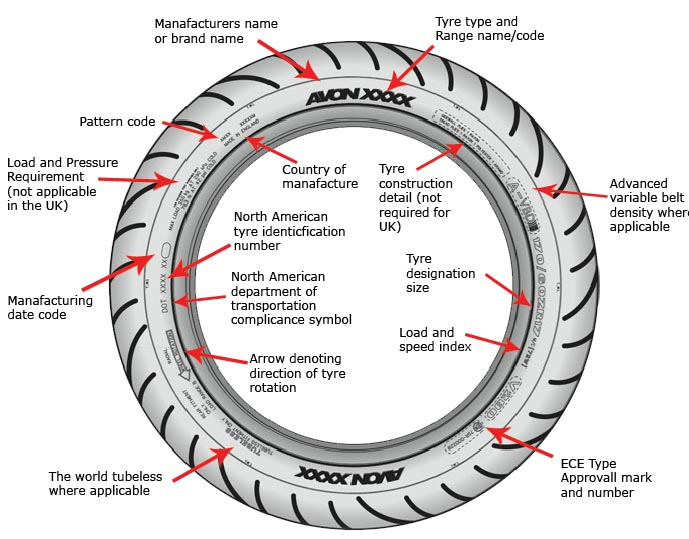 Even an all-wheel-drive vehicle on all-season tires cannot match the stopping or turning capability of a similar two-wheel drive vehicle fitted with four winter tires, a point we have proven in our own winter-tire testing.
Even an all-wheel-drive vehicle on all-season tires cannot match the stopping or turning capability of a similar two-wheel drive vehicle fitted with four winter tires, a point we have proven in our own winter-tire testing.
Winter tires are designed to work well in the cold-weather months, but they don't handle or wear as well as all-season or summer tires once the weather warms up. They should be considered as a second set of tires for your vehicle if you live where snow flies annually. We fit all of our long-term test vehicles with winter tires and they've proven their worth many times over.
Why use winter tires? If you live in the northern states, we recommend purchasing a set of winter tires. Their deep treads are engineered to deliver a significant traction improvement, and do they ever work. You'll feel safer and be safer, not to mention more relaxed when driving in snow. Retailers such as Tire Rack will sell you a set of snows mounted on steel wheels that you can swap on when winter rolls around.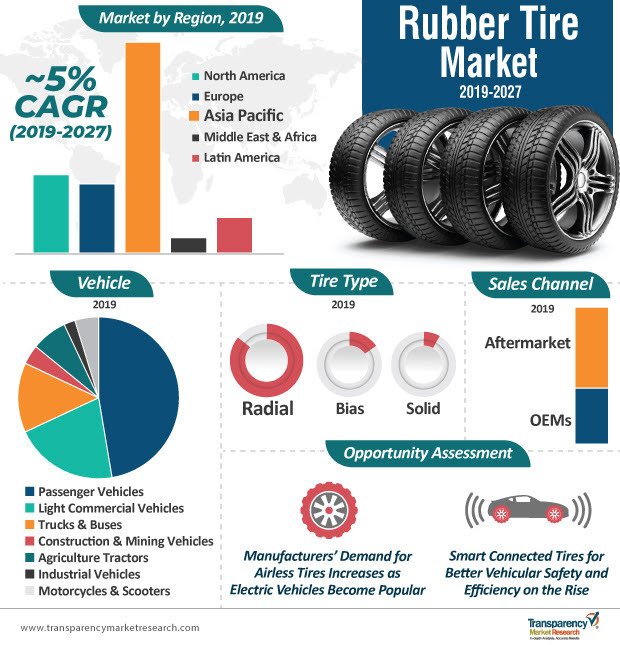 Here at Car and Driver, we swear by them.
Here at Car and Driver, we swear by them.
Tire Size and Other Factors
Most consumers choose to replace the worn tires on their vehicle with something equivalent in size and capability. This makes a lot of sense; your car was engineered to work well on the type and size of tires it came on, so fitting an identical or similar replacement set would maintain the performance and safety your vehicle was designed to deliver. (We'll get to upgrading later on).
To inform your decision process, you'll need to know your vehicle's tire size and speed rating, and you'll also want to consider how many miles you'll get out of any new tires you are considering (this is called tread wear). Much of that information is printed on the sidewalls of the tires that are on your car right now.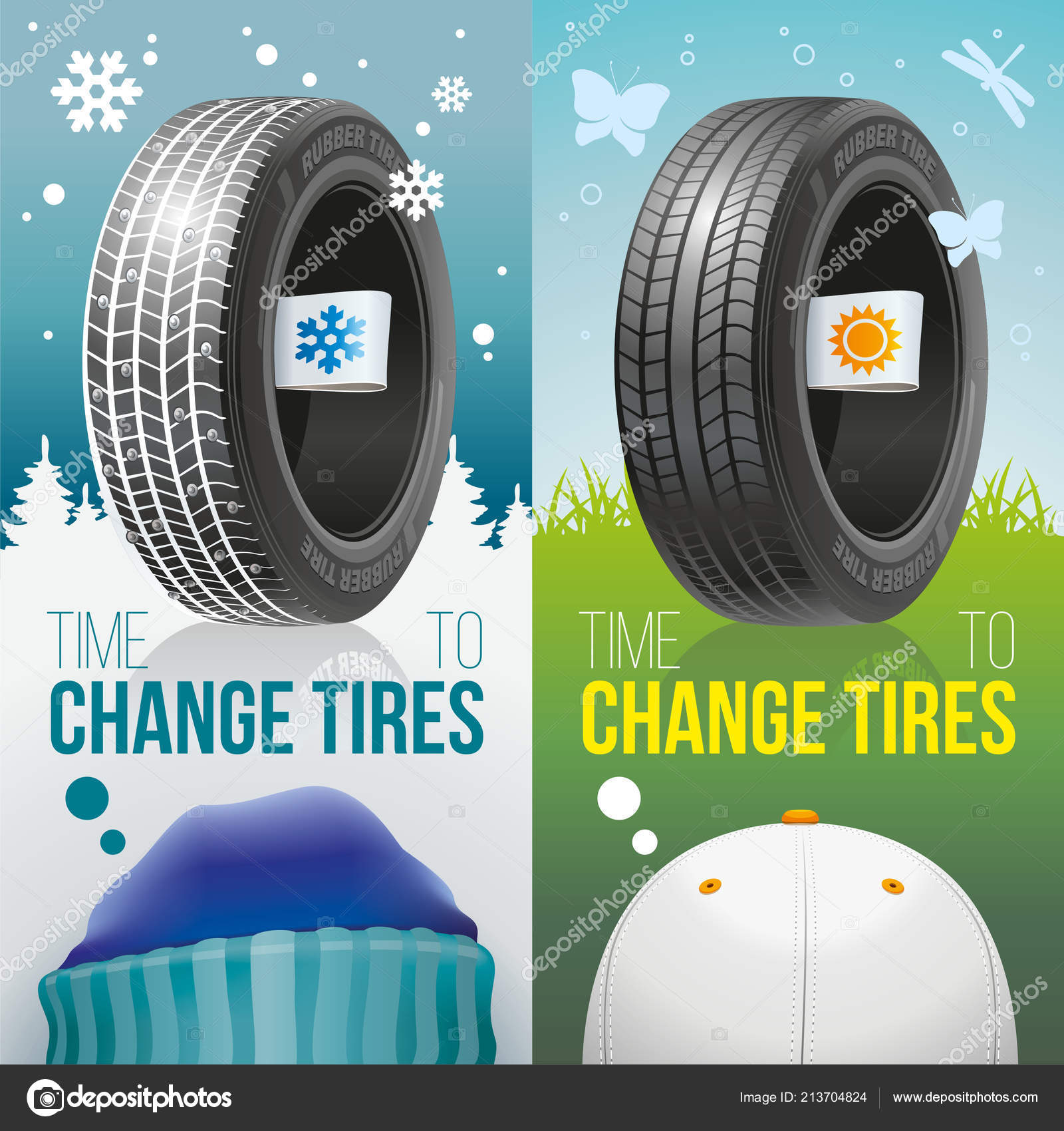 It's also available in most owner's manuals, online, and at tire dealers. (We suggest cross-checking those sources to make sure you've got the right information.)
It's also available in most owner's manuals, online, and at tire dealers. (We suggest cross-checking those sources to make sure you've got the right information.)
Here's how to read the most important data imprinted on your tires' sidewalls. (For an in-depth look at how to read all of the information on a tire sidewall, click here.)
KEY: 1) Tire width; 2) Aspect ratio; 3) Radial-tire designation; 4) diameter; 5) Load rating with speed rating; 6) Heaviest spot on tire; 7) Tread-wear rating; 8-9) Traction and temperature ratings; 10-11) Mud-and-snow or three-peak-mountain rating; 12) Vehicle-specific marking; 13) Tire-materials list and manufacturing information
Tire SizeIf you're going to replace your tires with something equivalent, you will need to know the proper size. The size of car and light truck tires is usually expressed in a short series of numbers and letters that read like this (as seen in the above illustration): 245/40-R18.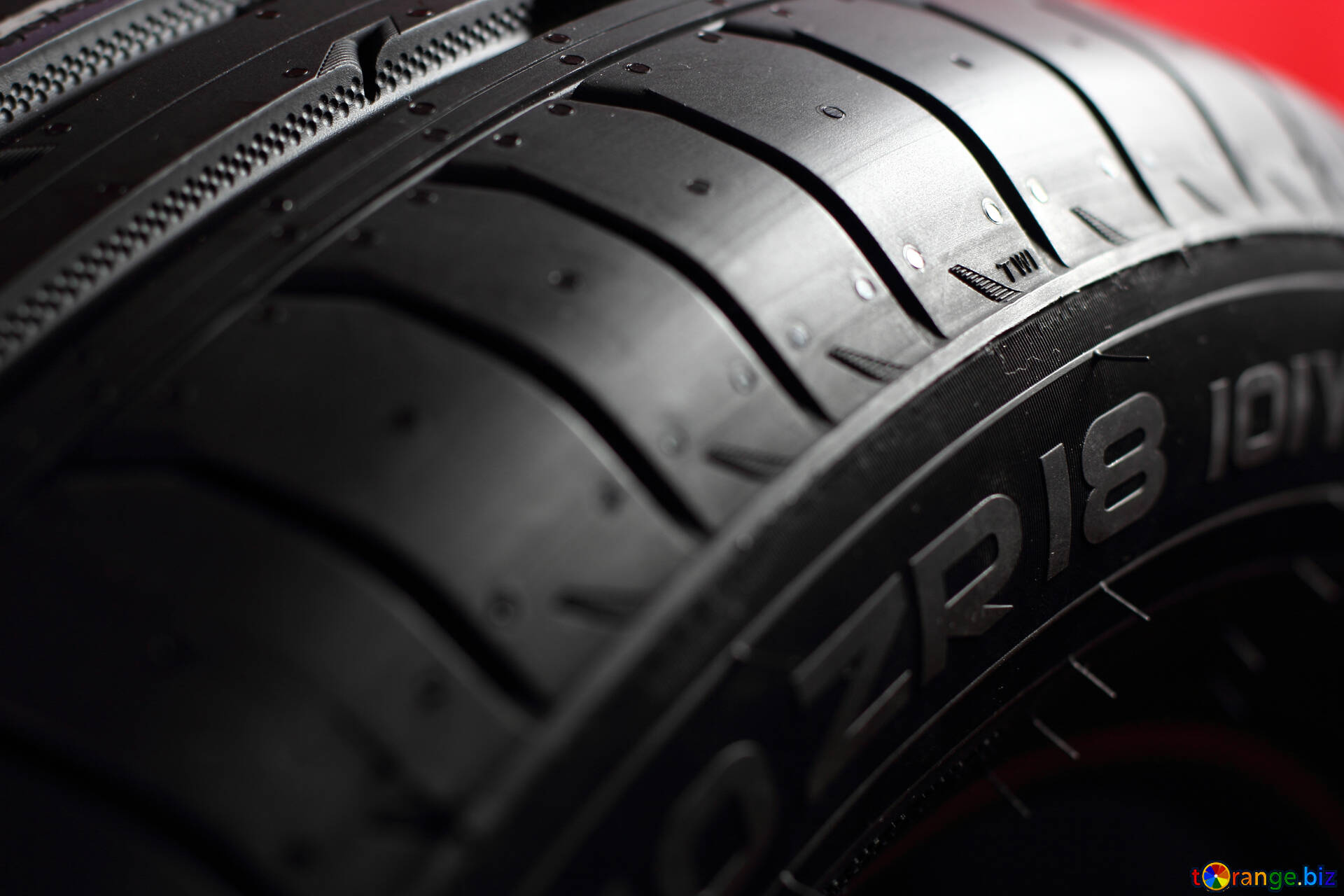 The first number indicates the width of the tire at its widest point in millimeters. The number after the slash is what's called the aspect ratio, which indicates how tall the sidewall is as a percentage of the width. The higher the number, the taller the sidewall. The squat tires fitted to sports cars and muscle cars, called low-profile tires, have aspect ratios of 30–40. Family sedans and SUVs are in the 45-60 range or taller. The final number in the series is the diameter of the wheel in inches that the tire must mount to. The "R" indicates it's a radial tire, which virtually all of today's tires are.
The first number indicates the width of the tire at its widest point in millimeters. The number after the slash is what's called the aspect ratio, which indicates how tall the sidewall is as a percentage of the width. The higher the number, the taller the sidewall. The squat tires fitted to sports cars and muscle cars, called low-profile tires, have aspect ratios of 30–40. Family sedans and SUVs are in the 45-60 range or taller. The final number in the series is the diameter of the wheel in inches that the tire must mount to. The "R" indicates it's a radial tire, which virtually all of today's tires are.
Tires also carry a speed rating, which indicates not only how fast they can safely go for an extended period of time, but also the overall performance potential of the tires. Tires for high-performance cars have a higher speed rating than those for mainstream family sedans and SUVs. The speed rating of the original tires that came on your car were matched to the maximum speed the car could attain—plus a significant built-in safety margin.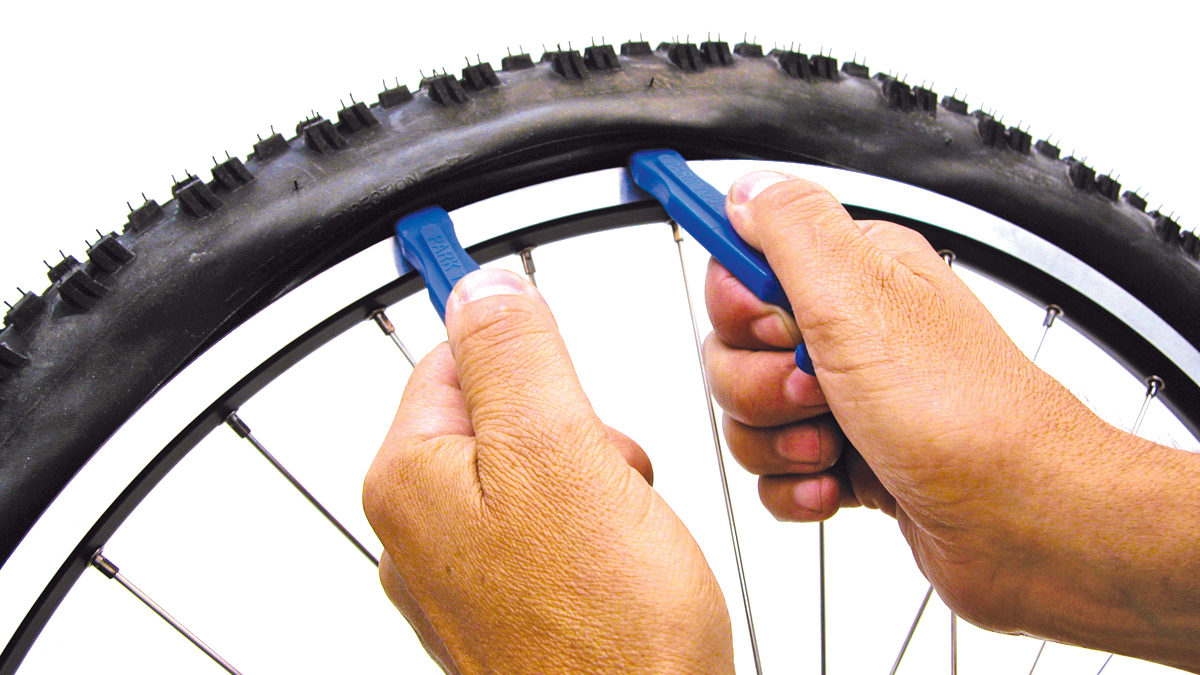 This speed rating is expressed as a letter in the alpha-numeric code that immediately follows the tire size. Letters range from L to Y, and cover maximum speed ranges from 75 mph to more than 186 mph.
This speed rating is expressed as a letter in the alpha-numeric code that immediately follows the tire size. Letters range from L to Y, and cover maximum speed ranges from 75 mph to more than 186 mph.
The are two pieces of data that will help you estimate how many miles you can expect from a set of tires: the tread-wear rating and the tire mileage warranty. The tread wear rating is listed as a number on the tire sidewall after the word "treadwear". The higher this number, the more likely the tire will last longer. But the tests that are used to determine treadwear aren't precise, so there is a lot of variability in this number.
A better way to gauge potential tire life, and to compare the expected longevity of different tires you might be considering, is to look at the manufacturers' tread-life warranties. Many but not all tires carry a tread-life warranty in addition to manufacturing-quality/defect warranties. This information can be found online (like this example from tirerack.com), or in the tire maker's marketing materials. The industry's general rule is that about three-quarters of all drivers will find that their tires last at least last as long as the mileage listed in the tread life warranty. Generally, if your tires wear out before the guaranteed mileage bogey, you can get a credit for the percentage of miles you came up short, which you can then apply to the purchase of a new tire. (Tire dealers routinely handle this transaction.)
This information can be found online (like this example from tirerack.com), or in the tire maker's marketing materials. The industry's general rule is that about three-quarters of all drivers will find that their tires last at least last as long as the mileage listed in the tread life warranty. Generally, if your tires wear out before the guaranteed mileage bogey, you can get a credit for the percentage of miles you came up short, which you can then apply to the purchase of a new tire. (Tire dealers routinely handle this transaction.)
Numerous automakers fit their cars with run-flat tires from the factory. These tires are capable of driving for short distances at low speeds even after a puncture has left them without air, allowing you to reach home or a repair facility without needing to change a flat on the side of the road. If your vehicle came on run-flats you have the option of replacing them with conventional tires and carrying a spare (but beware that some cars fitted with run-flats actually do not have a trunk compartment for a spare).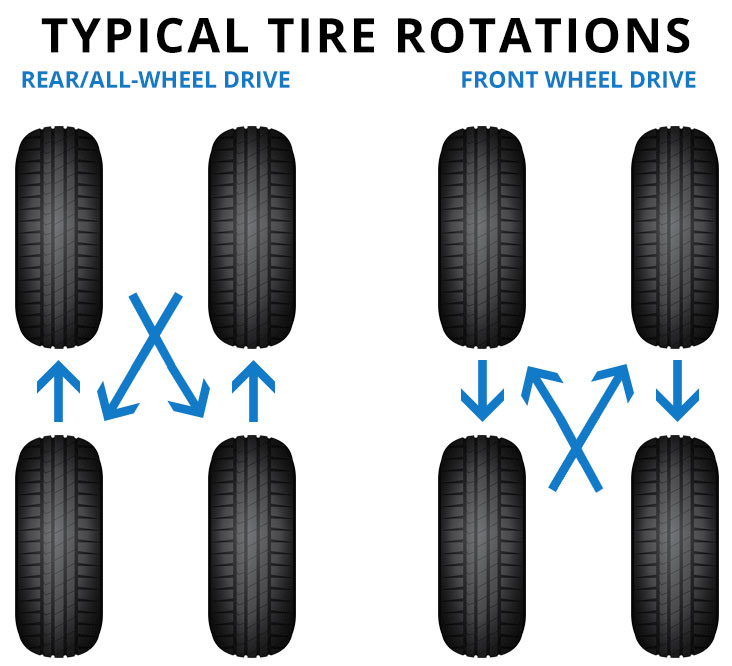 Or, you can replace your worn run-flats with another set of run-flats. And now that tire-pressure monitoring systems are compulsory equipment in new cars, you could even fit run-flats on a car that didn’t originally come with them.
Or, you can replace your worn run-flats with another set of run-flats. And now that tire-pressure monitoring systems are compulsory equipment in new cars, you could even fit run-flats on a car that didn’t originally come with them.
Run-flat tires do have downsides. Their stiff sidewalls, which are required to hold the tire up when deflated, tend to make the car ride noticeably harder over rough pavement, but tire tech is continually improving and run-flats aren’t nearly the penalty they were a decade ago. Choice is also more limited than with conventional tires and run-flats are premium-priced. In general, we'd recommend swapping to conventional tires and carrying a spare or mini-spare if possible.
There's one more decision you need to make: do you simply replace the tires on your vehicle with something equivalent, or upgrade?
If you're going to replace what came on the car with something equivalent, you're ready to go. Peruse the online resources like Tire Rack to compare tires, and then either buy from one of them or head to a local tire store. The advantage of buying online is that you can get the exact tires you want; different brick-and-mortar tire stores sell different brands of tires. The online retailers have relationships with the chain tire stores, which will mount the tires you bought on the internet on your wheels (for a small fee) even though you didn't buy them there. Tire Rack has a decision guide to help you find the tires that fit your car.
Peruse the online resources like Tire Rack to compare tires, and then either buy from one of them or head to a local tire store. The advantage of buying online is that you can get the exact tires you want; different brick-and-mortar tire stores sell different brands of tires. The online retailers have relationships with the chain tire stores, which will mount the tires you bought on the internet on your wheels (for a small fee) even though you didn't buy them there. Tire Rack has a decision guide to help you find the tires that fit your car.
This is more complicated than simply replacing your tires, as you have several ways to go. You can choose a higher-performance tire of the same size on your current set of wheels by substituting, say, a high-performance all-season tire for a standard all-season—if you can find one that fits exactly. Or you can choose a set of wider, lower-profile summer or high-performance all-season tires, but this is trickier. You need to know if the tires will fit without rubbing on the suspension or body parts—a definite safety issue. Here, consulting one of the experts at Tire Rack is a must, as they have this information for many cars. You can also try checking an online forum for your make and model of car (if one exists).
You need to know if the tires will fit without rubbing on the suspension or body parts—a definite safety issue. Here, consulting one of the experts at Tire Rack is a must, as they have this information for many cars. You can also try checking an online forum for your make and model of car (if one exists).
Many vehicles can be had from the factory with several different tire sizes—Honda Civics, for example, come with tires ranging from 215/55-R16 to 245/30ZR-20—so going to a larger-diameter wheel might work. But know that fitting lower-profile rubber will almost always require a larger-diameter wheel. The outside diameter of your tires needs to remain constant; everything from your vehicle's suspension to its ground clearance to its gearing is affected by the overall size of the tires. As the sidewall gets slimmer, the wheel must grow to compensate. Use this size guide to see how switching to a lower-profile tire affects wheel diameter.
Wider, lower-profile higher-performance tires can also make the car ride rougher, wear faster, be noisier, and influence the steering, possibly causing you to have to make more steering corrections on the Interstate. Low-profile tires will also probably be more prone to damage from potholes, something we experienced with one of our long-term cars, which blew out a dozen of its low-profile tires in the course of 40,000 miles on our rutted Michigan roads. And they'll almost definitely be more expensive, plus you'll have to buy a new set of wheels. You'll need to consider all of these issues carefully before you make the leap.
Low-profile tires will also probably be more prone to damage from potholes, something we experienced with one of our long-term cars, which blew out a dozen of its low-profile tires in the course of 40,000 miles on our rutted Michigan roads. And they'll almost definitely be more expensive, plus you'll have to buy a new set of wheels. You'll need to consider all of these issues carefully before you make the leap.
For everything you need to know about buying and maintaining tires, click here.
Rich Ceppos
Director, Buyer's Guide
Rich Ceppos has evaluated automobiles and automotive technology during a career that has encompassed 10 years at General Motors, two stints at Car and Driver totaling 19 years, and thousands of miles logged in racing cars. He was in music school when he realized what he really wanted to do in life and, somehow, it's worked out. In between his two C/D postings he served as executive editor of Automobile Magazine; was an executive vice president at Campbell Marketing & Communications; worked in GM's product-development area; and became publisher of Autoweek. He has raced continuously since college, held SCCA and IMSA pro racing licenses, and has competed in the 24 Hours of Daytona. He currently ministers to a 1999 Miata and a 1965 Corvette convertible and appreciates that none of his younger colleagues have yet uttered "Okay, Boomer" when he tells one of his stories about the crazy old days at C/D.
He has raced continuously since college, held SCCA and IMSA pro racing licenses, and has competed in the 24 Hours of Daytona. He currently ministers to a 1999 Miata and a 1965 Corvette convertible and appreciates that none of his younger colleagues have yet uttered "Okay, Boomer" when he tells one of his stories about the crazy old days at C/D.
Table of Contents
Buying New Tires Doesn’t Have to be Intimidating. We’re Here to Help.One of the most important purchases as car owners is tires, as this is the vehicle’s most important safety feature. Let’s face it – after the often intimidating car buying experience, the last thing you want is a repeat when replacing your car’s tires. Here are 9 important tire buying tips to make the buying experience a little better.
A Girls Guide to Cars may earn a commission from links contained on this page, but don’t worry, we only recommend products we love? And, there is no additional cost to the buyer when a purchase is made by clicking these links.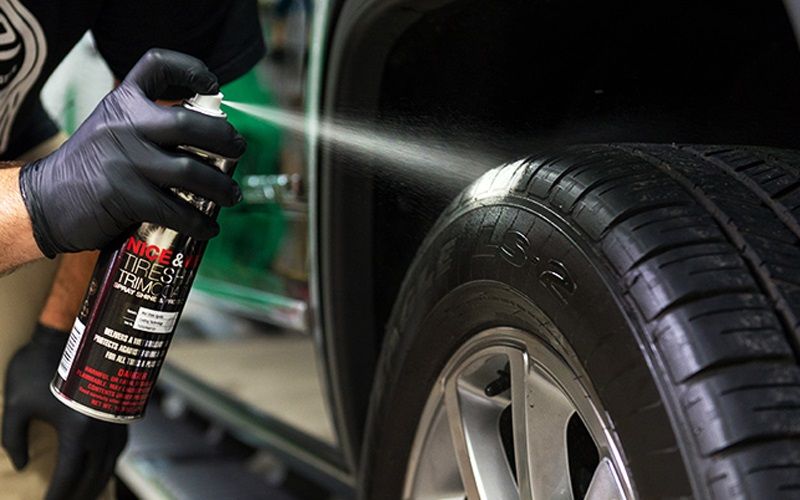
Growing up with my mechanic dad, believe me, I know the importance of good tires. It’s the only thing between you and the road. You and your family’s safety depends on good tires. Keeping them properly inflated saves fuel. Worn tread is not a good thing and can cause an accident. Yeah, yeah, check all that.
But if you’re like me, buying tires ranks right there with going to the dentist. You’d really rather do ANYTHING than make an appointment. You know you have to do it, but you put off the purchase until it’s perhaps the last minute.
Let’s remove the stress of the tire buying process with these 9 secrets you should know about buying tires.
9 Tips for Buying Tires1. All tires are not created equalYes, tires can all look alike. They are round. They are made of rubber. They have treads. And they are perhaps THE most important safety feature of your vehicle. Just like shoes, tires are made by multiple companies including Bridgestone, Continental, Goodyear, Michelin, Hercules, Dunlop, Yokohama, and more.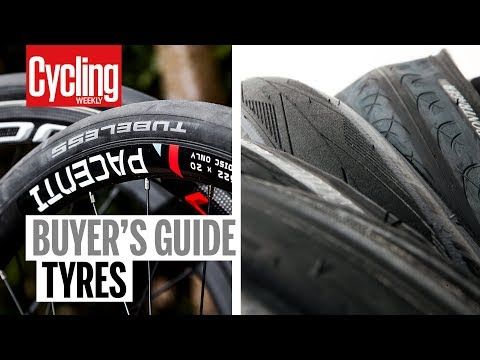 And like designer shoes, choosing the right tire brand depends on so many facets of your vehicle and driving habits.
And like designer shoes, choosing the right tire brand depends on so many facets of your vehicle and driving habits.
For example, if you live in the northeast, winter tires with its softer rubber designed to grip on a slippery surface will give you more traction in the snow. (You wouldn’t wear stilettos during a winter snow storm, right?) If your home is in Florida, winter tires wouldn’t make any sense, while summer tires (made of tougher, more rigid rubber) might last longer in the hot weather. The most popular tires are all season (all weather) which perform well in most driving situations.
Checking the tread on the Michelins; put a penny head-down into the tread and if you can’t see the top of Lincoln’s head, your tread is good. Photo: Scotty Reiss2. Know when it’s time to replace your tiresYou don’t have to be an experienced auto mechanic to know enough to be safe. Take time to LOOK at your tires – all 5 of them! Yes, it’s important to check your spare, too. Do they look, worn or damaged? Do they pass the penny test? Insert a penny into the tire tread with Lincoln’s head pointing toward the center of the tire. If its head isn’t partially hidden by the tire, the tire needs to be replaced. And it’s okay to confirm your results and have your tires checked by a professional.
Do they look, worn or damaged? Do they pass the penny test? Insert a penny into the tire tread with Lincoln’s head pointing toward the center of the tire. If its head isn’t partially hidden by the tire, the tire needs to be replaced. And it’s okay to confirm your results and have your tires checked by a professional.
Perhaps the biggest mistake consumers make is choosing the right tire. And this is as easy as getting down and dirty to look at the code on the sidewall of your tire, a combination of letters and numbers. These indicate the size, type, and performance of the tire.
The first three-digit number in the tire size refers to the tire width. For example, my 2014 Ford Escape’s tire size is 235/45 R19 tire, the tire width is 235 millimeters, measured from sidewall to sidewall. Aspect Ratio is the ratio of the height of the tire’s cross-section to its width.
The two-digit number after the slash mark in a tire size is the aspect ratio.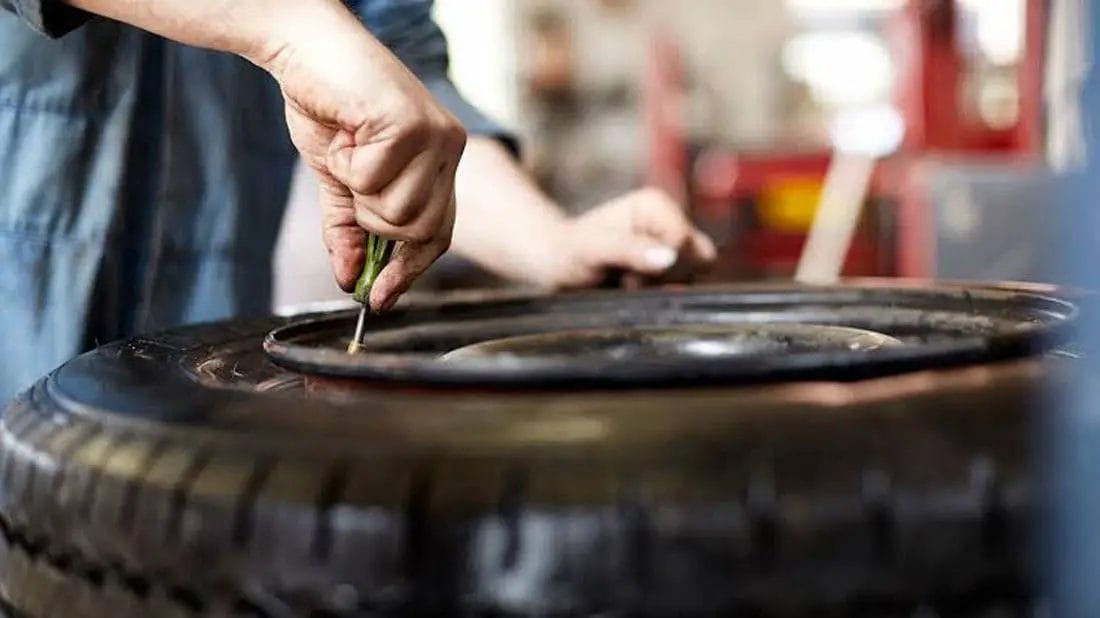 For example, in a size 235/45 R19 tire, the 45 means that the height is equal to 45% of the tire’s width. The bigger the aspect ratio, the bigger the tire’s sidewall.
For example, in a size 235/45 R19 tire, the 45 means that the height is equal to 45% of the tire’s width. The bigger the aspect ratio, the bigger the tire’s sidewall.
The letter “R” in a tire size stands for Radial, which means the layers run radially across the tire.
Wheel Diameter is the size of the wheel measured from one end to the other. This is the size of the wheel that the tire is intended to fit. A size 235/45 R19 tire is made for a wheel with a 19″ diameter.
While this may sound Auto Geek to you know, tire codes are important to know when pricing your new tires as it’s the unique descriptor.
Tire buying tips include getting down and looking at the tire codes on the sidewall. Photo: Pixabay.com4. Size does matterWhen you do finally take the step to shop around (see below), most tire dealers will ask the make, model, and year of your car. But you may still have different size options as well. Your choices may include bigger tires fill the wheel well, or smaller less expensive tires.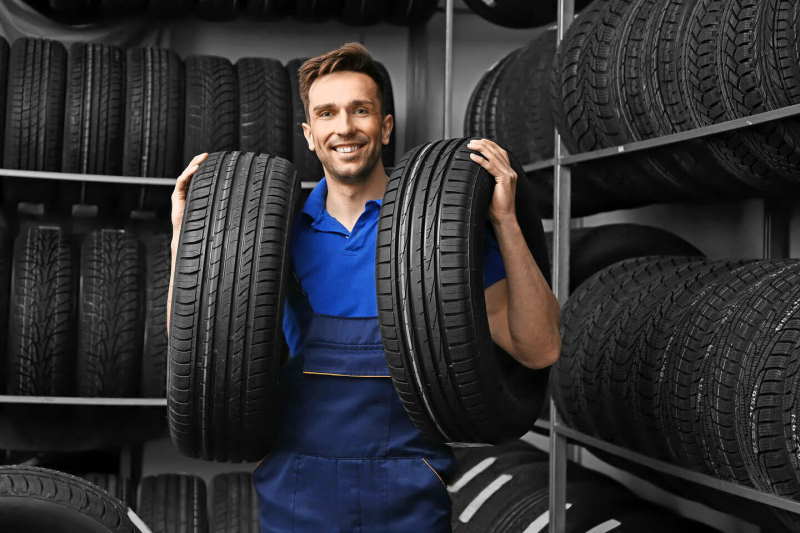
Whatever your choice, make sure the tires fit the recommended speed rating; can handle your car up to a designated top speed; and can accommodate the weight of your car (load rating) + passengers and gear. Check your tire’s sidewalls for these codes, or simply open your owner’s manual.
Size does matter. Do your homework when buying new tires for your vehicle. Photo: Pixabay5. Decide what you need from replacement tiresChances are you’ve been driving the car for some time. Think about your driving experience. Is something not up to par? Are you looking for a more comfortable ride? More steering control? Less noise? Longer wear? Tires that are standard with a new car are usually one size fits most, so if you feel, you might be better with a new brand, then ask your tire technician for your options when buying tires.
I recently replaced my car tires for the first time since purchasing my Ford Escape. The Continental tires worked great in the Colorado winter, driving in the mountains, and even on some off-road trips. And they lasted over 40,000 miles. So if it’s not broke, then why change the tire brand?
And they lasted over 40,000 miles. So if it’s not broke, then why change the tire brand?
Just like any consumer purchase, drivers have a lot of options. Go ahead and take the information you’ve gathered from above, and shop around. You can return to your dealership, although oftentimes this is the more expensive option. (NOTE: My Ford dealership actually offered to match any other tire quote, so ask them about price matching.)
For convenience, many consumers first consider their local tire shop or discount tire store. It’s often a matter of convenience and usually located closer to your home. Prices are usually reasonable, and I’ve discovered that the service managers or technicians are very helpful. Quotes are also as simple as a phone call or stopping by the store.
Or, you can order your tires through Amazon or a third party supplier like Tire Rack or Tirebuyer; these sites promise the lowest possible price and are great for people who have a favorite mechanic or can handle the installation themselves.
Take all your options and quotes and start reading the reviews. See what the experts say about the tires. Expensive doesn’t always equal the best tires. Sometimes inexpensive tires wear as well as their premium competitors. But sometimes you do get what you pay for.
Subscription service like Consumer Reports separate tires into categories, such as braking, hydroplaning, tread life, ride comfort, and more. But there are so many reviews out there available simply at a click of a mouse – google your car, tire brands, etc. When you’ve read all the reviews, it’ll help you understand the differences, allow you to ask for what you want, and hone in on buying tires.
8. Decide what to spendGather your reviews and compare these to your quotes. Be sure to consider a warranty when buying tires.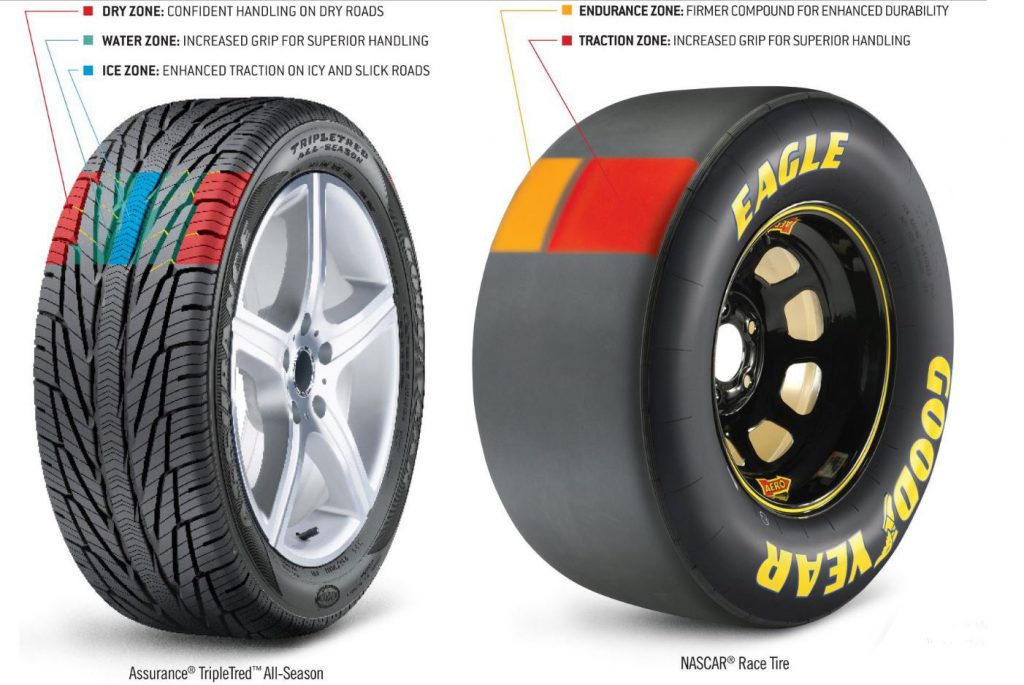 The warranty gives you an idea of how many miles you should get out of the tires. On most cars, tires last three to four years (40,000 -80,000 miles), which is covered by the warranty, which means that you’ll get a discount toward the remaining mileage if a covered damage incident occurs. However, if you traditionally put a lot of miles on your car, consider adding hazard insurance, usually only $15-$20 per tire. Also, many of these local tire stores include complimentary tire rotations, flat repairs, and more, so be sure to ask!
The warranty gives you an idea of how many miles you should get out of the tires. On most cars, tires last three to four years (40,000 -80,000 miles), which is covered by the warranty, which means that you’ll get a discount toward the remaining mileage if a covered damage incident occurs. However, if you traditionally put a lot of miles on your car, consider adding hazard insurance, usually only $15-$20 per tire. Also, many of these local tire stores include complimentary tire rotations, flat repairs, and more, so be sure to ask!
Since tires can be a huge expense, consider financing options. On my recent tire purchase, I spent over $1,100 for 4 new tires. I had saved half of that, so instead of putting the balance on a credit card, I applied for Discount Tire’s 9 months same as cash financing program. I qualified! Just be sure to pay off the loan BEFORE the 9 months as the interest rates after the interest-free period are extremely high!
9. Purchase your tires with confidenceYou’ve done your homework.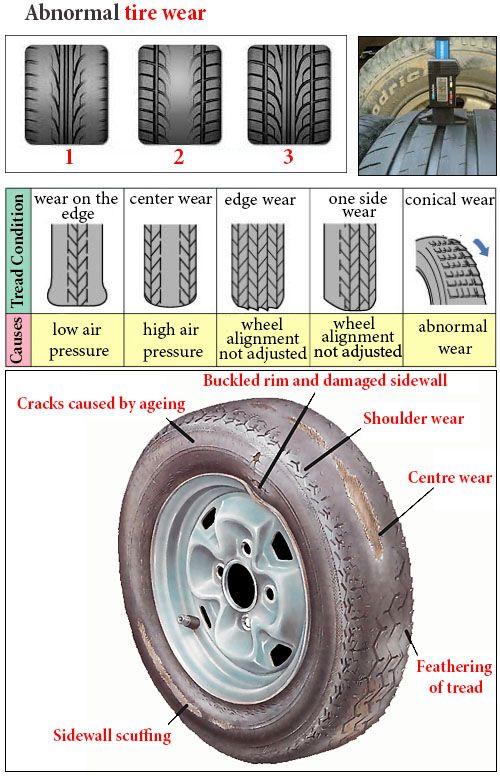 You’ve shopped around. You’ve read the reviews. Prepared your budget. Now, go ahead and take the plunge!
You’ve shopped around. You’ve read the reviews. Prepared your budget. Now, go ahead and take the plunge!
With these 9 tips for buying tires, purchase your tires with confidence and take your car on the road.
Have a thought or comment? Share it with us on social media! You can find us on Instagram, Facebook, Twitter and LinkedIn. And be sure to sign up for our email newsletter!
040042044048050052053054055056058060062065070071075080020
Height
AllFull25303132333537404550556065707580859078.59.510.511.512.513.595100400
Diameter
All13141415151718192021222224242526899C1111212C13C13C14C15C15.316C16.517.518C19C19.520C22
Width of the second axis
all1551516517518519521522525235245252652752852953053153253345353853954054254354452.52.7533.253.54.14.14.14.19.51010.51111.211.51212.412.51313.513.61414.514.91515.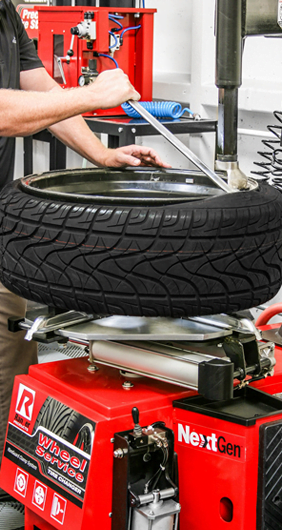 51616.516.917.51818.420.521.32223.123.5242626.5272828.129.53030.5313233353739607080
51616.516.917.51818.420.521.32223.123.5242626.5272828.129.53030.5313233353739607080
11011512013013514014515016017018012102402602702803003203603803
420440480500520530540550560580600620650700710750800
20
Second axle height
AllFull25303132333537404550556065707580859078.59.510.511.512.513.595100400
Second axle diameter
All1314151617181920212223242526899C10111212C13C14C15C15.316C16.517C17.518C19C19.520C21C22.524C25C26.5283030C3232C34363838C4242C46
Seasonal
AllWinterSummerAll SeasonTruck TiresMotorcyclesCommercial VehiclesIndustrial TireAgricultural Tire
Type
All studdedNon-studded
Tires in the best-tyres.ru online store
Properly selected tires for a car are the key to a comfortable and safe ride. Using high-quality car tires that are suitable for seasonality, size, speed and load index, you can confidently drive your car even in difficult weather conditions or off-road.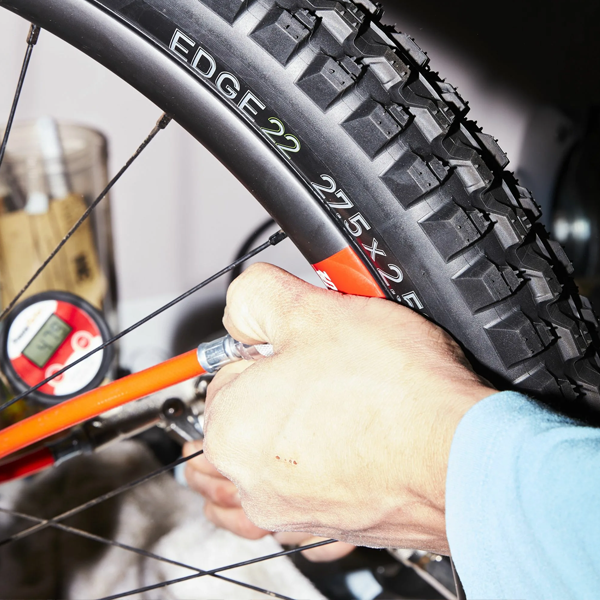 At the same time, the car will react with lightning speed to steering commands, clearly enter into sharp turns and maintain stability during maneuvers or when driving at high speeds. Also, such parameters as the braking distance, fuel consumption, the resistance of the car to aquaplaning, etc., directly depend on the tires.
At the same time, the car will react with lightning speed to steering commands, clearly enter into sharp turns and maintain stability during maneuvers or when driving at high speeds. Also, such parameters as the braking distance, fuel consumption, the resistance of the car to aquaplaning, etc., directly depend on the tires.
Considering all these nuances, it is necessary to approach the choice of tires with all responsibility. You should not make hasty decisions and buy the cheapest tires without studying their descriptions and characteristics. Before you buy tires, it is advisable to read customer reviews, compare the tread patterns of different tire models according to the photographs that are attached to each description, and also consult with our specialists.
Turning to the best-tyres.ru online store, you can count on free consultations from our employees. Managers will help you choose tires for a specific car model, taking into account your budget, requirements and personal preferences regarding certain brands.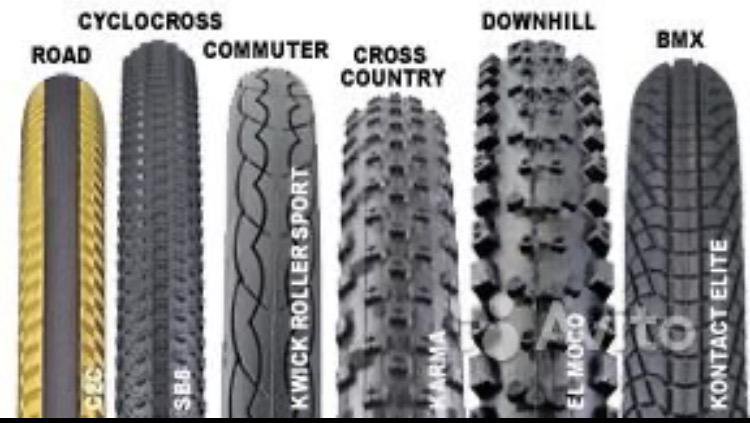
Recommendations for choosing tires
If you are going to buy wheels for your car, you should take into account the following nuances:
Seasonality. Before the onset of winter, it is necessary to buy winter tires in advance. These tires may have a European or Scandinavian tread. Tires with a European-type tread pattern are better suited for use in mild winters with little snow, where there is rarely ice. To protect yourself when driving on ice and packed snow, it is best to buy studded tires. Scandinavian-style tires are well adapted to the harsh Arctic climate and feature a more aggressive V-shaped design. For trips in the warm season, it is worth buying summer tires , , since winter tires wear out faster when driving on dry hot asphalt, and the car becomes less stable and manageable.
Operating conditions. Special tires with block tread structure are used for off-road driving. Their characteristic feature is the aggressive design of the working surface, on which large macroblocks are located. If the SUV is often used in swampy areas (for example, for fishing or hunting trips), you should choose tires with increased clearances between the tread blocks. BFGoodrich, Bridgestone, Nizhnekamskshina, and others are among the largest tire manufacturers whose product range includes such tires.
If the SUV is often used in swampy areas (for example, for fishing or hunting trips), you should choose tires with increased clearances between the tread blocks. BFGoodrich, Bridgestone, Nizhnekamskshina, and others are among the largest tire manufacturers whose product range includes such tires.
Design features. Various technological solutions can be used in different tire models. For example, tires with the XL index have reinforced sidewalls, so they are better able to ride on bumpy roads and are less prone to side cuts. SUV tires are designed specifically for crossovers and SUVs with a 4x4 wheel arrangement and are characterized by increased performance. The RunFlat technology used in branded tires helps to avoid accidents in case of puncture. Thanks to it, the tires do not crumple and do not tear when punctured by a sharp object, and retain their unchanged shape. In the flagship models of Continental brand tires, the ContiSeal system can be used, the essence of which is that the tires are independently "regenerated" after punctures, the dimensions of which do not exceed 5 mm.
Before buying a wheel or a set of tires, you also need to pay attention to the speed and load index. The first parameter indicates the maximum allowable speed at which the tires can be operated without accelerated wear and excessive overheating. The second parameter indicates the maximum possible load on each wheel. The load index for tires is selected according to the recommendations of the car manufacturer. This information can be found in the owner's manual. You can also inspect the old factory tires that the car was originally equipped with and find out the necessary indexes from the inscriptions on their sidewalls.
Benefits of buying tires in our online store
In order to buy cheap tires , use the advantageous offer of our online store best-tyres.ru. Our range includes high-quality tires of domestic and foreign production. The catalog contains products from more than 100 manufacturers, its quality is confirmed by numerous reviews and certificates of conformity.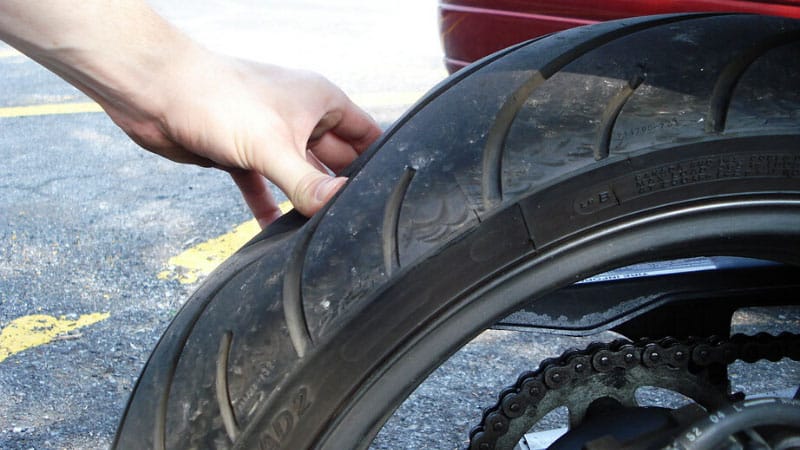
You can place an order in any convenient way - through the "Basket" or by phone. Our staff will answer your questions, assist in choosing tires, as well as inform the exact cost of the purchase and specify the delivery time. Contact us!
420440480500520530540550560580600620650700710750800
20
Height
AllFull25303132333537404550556065707580859078.59.510.511.512.513.595100400
Diameter
All13141415151718192021222224242526899C1111212C13C13C14C15C15.316C16.517.518C19C19.520C22
Width of the second axis
all1551516517518519521522525235245252652752852953053153253345353853954054254354452.52.7533.253.54.14.14.14.19.51010.51111.211.51212.412.51313.513.61414.514.91515.51616.516.917.51818.420.521.32223.123.5242626.5272828.129.53030.5313233353739607080
11011512013013514014515016017018012102402602702803003203603803
420440480500520530540550560580600620650700710750800
20
Second axle height
AllFull25303132333537404550556065707580859078. 59.510.511.512.513.595100400
59.510.511.512.513.595100400
Second axle diameter
All1314151617181920212223242526899C10111212C13C14C15C15.316C16.517C17.518C19C19.520C21C22.524C25C26.5283030C3232C34363838C4242C46
Seasonal
AllWinterSummerAll SeasonTruck TiresMotorcyclesCommercial VehiclesIndustrial TireAgricultural Tire
Type
All studdedNon-studded
Summer tires
Car tires
Sort: by popularityalphabeticalby ratingprice
Sort: by popularity alphabetically by rating at the price
Sizes: 260
R17 - R23
Sizes: 176
R17 - R22
Sizes: 169
R14 - R21
Sizes: 150
R16 - R21
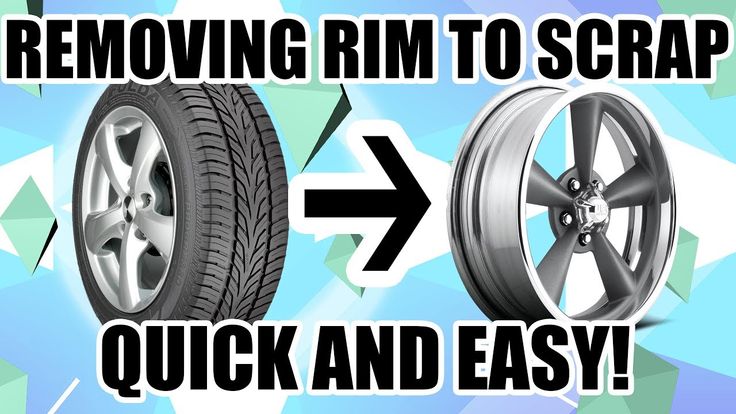
Sizes: 142
R15 - R22
Sizes: 128
R17 - R22
Sizes: 123
R16 - R22
Sizes: 115
R17 - R23
Sizes: 106
R15 - R22
Sizes: 96
R13 - R17

Sizes: 96
R15 - R20
Sizes: 92
R18 - R23
Sizes: 89
R13 - R20
Sizes: 88
R16 - R22
Sizes: 86
R15 - R22
Sizes: 80
R16 - R22
Sizes: 79
R16 - R20
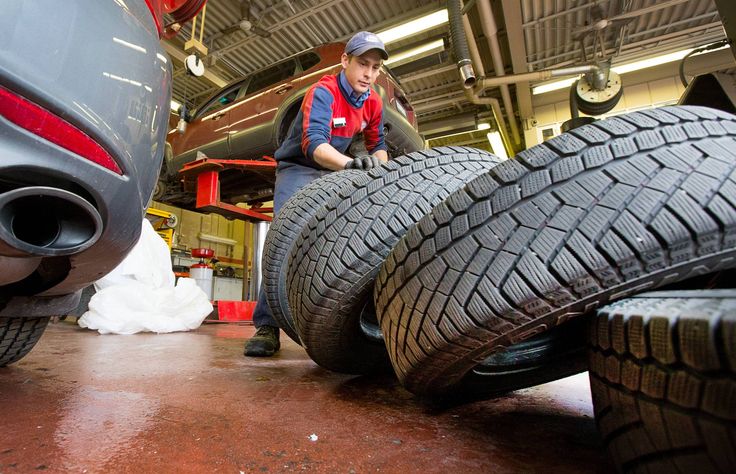
Sizes: 78
R16 - R22
Sizes: 77
R17 - R22
Sizes: 75
R19 - R23
Sizes: 75
R15 - R22
Sizes: 73
R17 - R21
Sizes: 71
R16 - R22

Sizes: 71
R13 - R19
Sizes: 70
R16 - R22
Sizes: 69
R13 - R21
Sizes: 68
R15 - R20
Sizes: 66
R18 - R22
Sizes: 63
R16 - R22

Sizes: 42
R15 - R20
The maximum choice of summer tires is possible in spring, in summer the choice of tires is reduced, and this is understandable - a decrease in purchasing power and preparation for the winter season of tire replacement, but nevertheless, even in summer, each size is presented in several models of both famous and inexpensive tire brands.
Summer tires, when it comes to tires for classic passenger cars, do not have such a significant difference among themselves, which is observed in winter tires. Here tires for SUVs, yes, differ from each other in cross-country ability and have about five classes of so-called "toothiness", that is, cross-country ability, which is inversely proportional to the so-called comfort (or road tires). When buying off-road tires with high cross-country ability, the car owner should definitely take into account that the more off-road tires he buys, the more they will have a negative profile, that is, its absence, and the lower the contact of the tires with the roadway will be.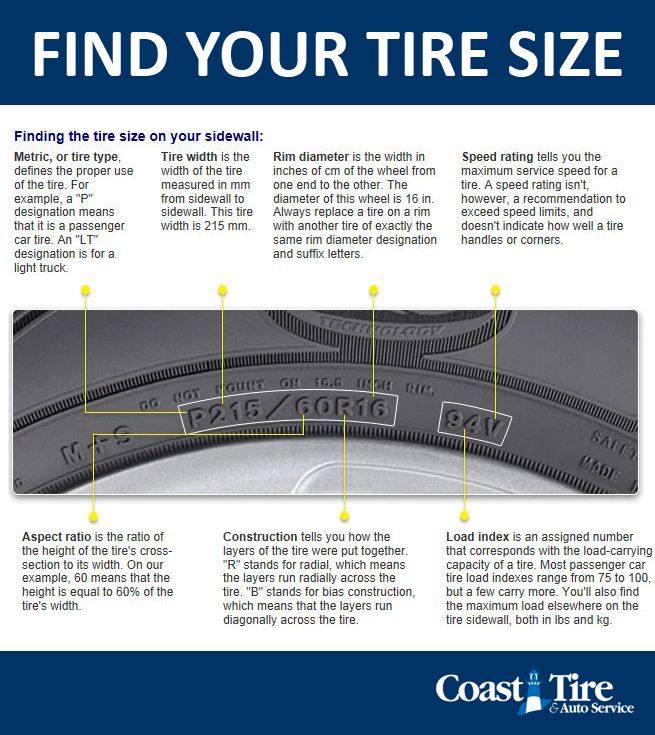 And the more carefully he will need to drive on public roads. The toothier the tire, the lower its grip on asphalt, the longer the braking distance (especially in the rain) and the more carefully you need to take turns so as not to lose grip on the roadway, and especially on wet slippery asphalt.
And the more carefully he will need to drive on public roads. The toothier the tire, the lower its grip on asphalt, the longer the braking distance (especially in the rain) and the more carefully you need to take turns so as not to lose grip on the roadway, and especially on wet slippery asphalt.
Summer off-road tires are not worth buying if you are only going to drive on pavement.
So, returning to ordinary summer car tires, we can safely say that all modern tires are good and worth the money. Yes, they differ in terms of speed index, tread pattern type, economy, wear rate, and finally, acoustic comfort - and this is a very important parameter for many car owners, but the main thing is , they are all designed and tested by manufacturers primarily on wet pavement and in the rain, and they all cope with this task no lower than satisfactorily . Of course, tires from famous manufacturers, such as Continental, Michelin, Pirelli, GoodYear, will probably give the car owner a couple of meters more room to maneuver during hard braking, lane change, rearrangement, but also summer wheels from Japanese and Korean manufacturers such as Yokohama, Toyo, Dunlop, Bridgestone, Nitto, Hankook, Kumho have recently been the most serious and significant competition and are receiving more and more flattering reviews from car owners.
Our site contains photos of all tire models and you can choose the one whose tread pattern seems to you the most beautiful and suitable specifically for your car and its operating conditions. In fact, the tread pattern on modern tires no longer has the impact that it used to - computers can work wonders and achieve almost any pattern conceived by a person to achieve a given result on the track. But let's list the main dogmas on the characteristics of summer tires, arising from the tread pattern of both summer and any other wheel:

Also, the main criteria are: manufacturer;
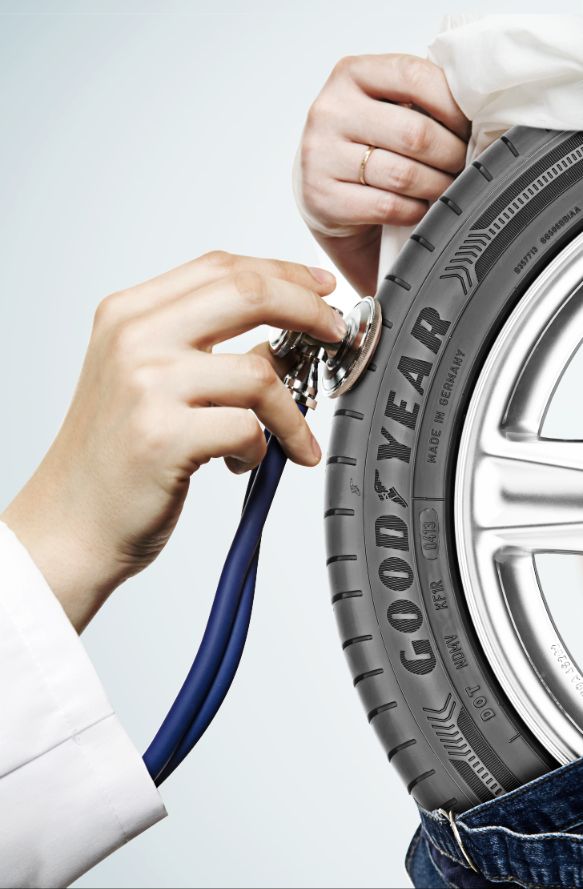 Also, on wide tires, rutting is felt as much as possible when changing lanes on roads that have not been repaired after “ski tracks” rolled by stud drivers.
Also, on wide tires, rutting is felt as much as possible when changing lanes on roads that have not been repaired after “ski tracks” rolled by stud drivers. We hope that this article will help you avoid unnecessary doubts and choose and buy tires without much hassle. The answer to the question - which tires are the best - is very simple - these are new tires. Any new tires! Tires with maximum tread depth. Because in the rain, even with half-worn tires, the car “floats up” in puddles much earlier, that is, it loses contact with the road. And a car with bald tires under certain conditions generally becomes an unguided projectile and poses a danger to its owners and others. New Chinese or domestic tires are many times safer than worn out tires from the best manufacturers.
Also remember that winter tires should not be used in summer. Winter tires, especially Scandinavian type Velcro, have a very soft rubber that behaves like a lump of butter on hot pavement in hot weather.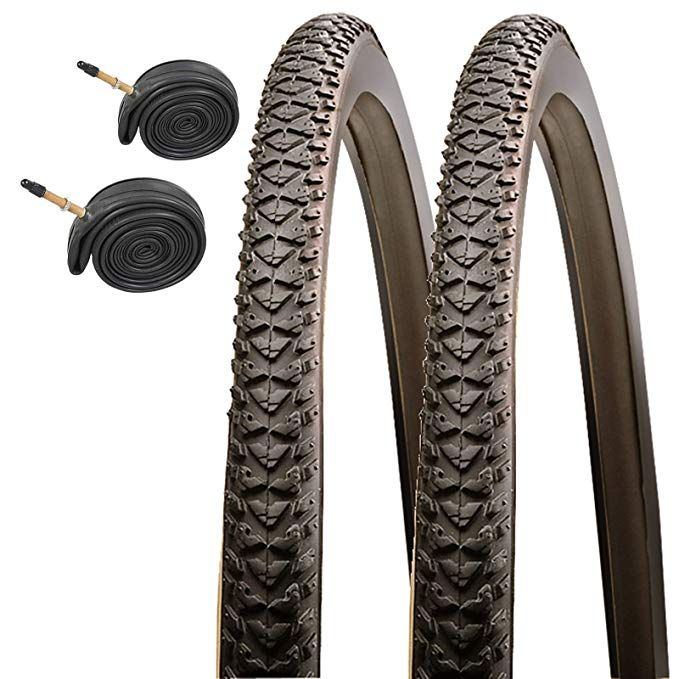 Plus, the lamellas, which are so necessary in winter, fan out during heavy braking, reducing the area of \u200b\u200bcontact with the road surface. Think about the fact that "finishing" or "rolling out" winter tires in the summer, your braking distance in emergency conditions can be is 1.5 times higher than . That is, during a sudden stop, even from a safe 50 km / h, the car will go not 10-12, but 15-18 meters, and on a wet road, these figures will be even higher. And with a twofold increase in speed, the difference between summer and winter tires, even on dry surfaces, can reach up to 20-25 meters! Just think - 20 extra meters of stopping distance ! This is the length of 4 cars in front!
Plus, the lamellas, which are so necessary in winter, fan out during heavy braking, reducing the area of \u200b\u200bcontact with the road surface. Think about the fact that "finishing" or "rolling out" winter tires in the summer, your braking distance in emergency conditions can be is 1.5 times higher than . That is, during a sudden stop, even from a safe 50 km / h, the car will go not 10-12, but 15-18 meters, and on a wet road, these figures will be even higher. And with a twofold increase in speed, the difference between summer and winter tires, even on dry surfaces, can reach up to 20-25 meters! Just think - 20 extra meters of stopping distance ! This is the length of 4 cars in front!
On our website you will find many tests from professional experts and reviews from ordinary ordinary motorists, and our specialists, who regularly attend training seminars, test drives and communicate with a huge number of buyers, will always be happy to help you in the choice when buying tires and choose the option of summer tires that is right for you.